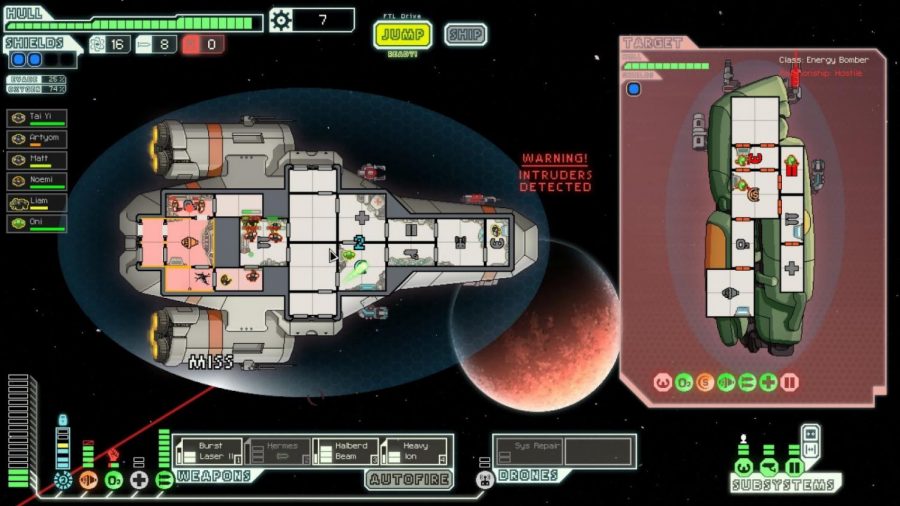by Dillon Meehan
In May of 2013, then-head of Xbox Don Mattrick, unveiled the Xbox One, Microsoft’s successor for the Xbox 360. It was supposed to give the company a leg up against their competitors, specifically Sony and their system, the PlayStation 4. However, it was the opposite.
The rumors of mandatory Kinect usage, the need for the system to always be connected to the Internet and the banning of used games from working on another system, were all true.
It was a PR disaster for the company, by mid-June after E3 – the video game equivalent of the Super Bowl – the Xbox One’s grave was already dug. Their competitors, Sony, had a slightly more powerful system that did not require constant Internet activity. It allowed gamers to share used games with their friends, and didn’t require a camera that was always listening to you even when the console was “off.” To top it all off, it was $100 cheaper.
Less than a week after E3, Microsoft – with their tail between their legs – backtracked on their ridiculous demands.
A few weeks later on July 1. 2013, Don Mattrick had left Microsoft to join Zynga and become their CEO, a position he would resign from a year and a half later.
In March 2014, it was announced that Phil Spencer had been selected as the new head of Xbox. The former intern-turned executive, had spent nearly three decades with the company and promised to turn the company in a new direction, and he has. But the damage was already done.
Fast forward to early 2017, the PS4 has outsold the Xbox One nearly 2-1. The estimates are around 50 million PS4s in the wild, compared to 30 million for Microsoft.
However, Spencer and the rest of the Xbox team plan to change that with Project Scorpio. At the end of Microsoft’s E3 presentation in 2016, a sizzle reel teased an upgraded Xbox One with the code name “Project Scorpio.” It was touted as the “most powerful console ever,” that would deliver native 4k graphics and be set to release in “holiday 2017.”
In the first week of April, Microsoft gave Eurogamer and Digital Foundry an exclusive look at the system. So far, it has lived up to the hype. The system is four and a half times more powerful than the original Xbox One that launched in fall 2013, and nearly twice as powerful as the PS4 Pro, Sony’s more powerful version of their PS4 which launched in fall 2016.
For Microsoft to make this system a massive success and to try to cut down on Sony’s lead, it needs to have a $400 price point. Unfortunately, that is not likely to happen. Since it’s announcement, it has repeatedly been referred to as a “premium” system for hardcore gamers. In English, that means $500.
Now maybe that is simply Microsoft attempting to be coy, then have a massive reveal at E3 with a $400 price point. However, that is very unlikely. During their tech reveal, Eurogamer estimated $500 as well.
Apart from price point, there is also an issue about exclusive games. Software sells hardware, it’s that simple. Nearly 20 years ago, Steve Balmer purchased a Bungie from Apple so that Halo could be developed for Microsoft’s first game console, the Xbox. The rest is history, as the Halo series became a staple for their systems.
But that was 20 years ago, as Microsoft is now in dire need of exclusives and their new “killer app.” The Halo and Gears of War franchises are still strong, but not what they were during the days of the Xbox 360. Apart from those, the only games Microsoft has that cannot be matched by Sony are the Forza series and Insomniac’s Sunset Overdrive.
While Sony doesn’t have games in the first or third person shooter genre that match up Halo or Gears of War, they offer plenty more than Microsoft. They have the Uncharted series, The Last Of Us, Horizo: Zero Dawn, Neir: Automata, Bloodborne as well as the upcoming Spiderman game as well Hideo Kojima’s newest game, Death Stranding.
On June 11, Microsoft will have their last chance to win fans over for this generation. Not only will they need the right price point, they will need the right games as well.







